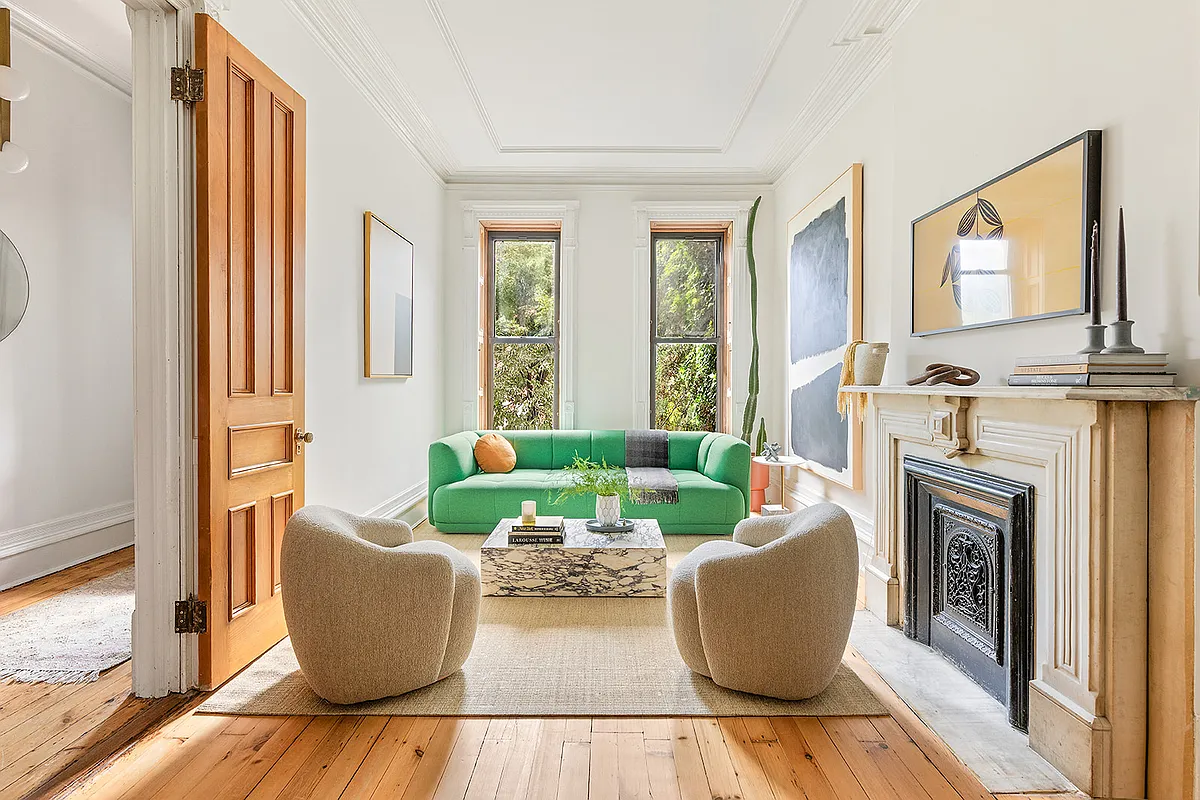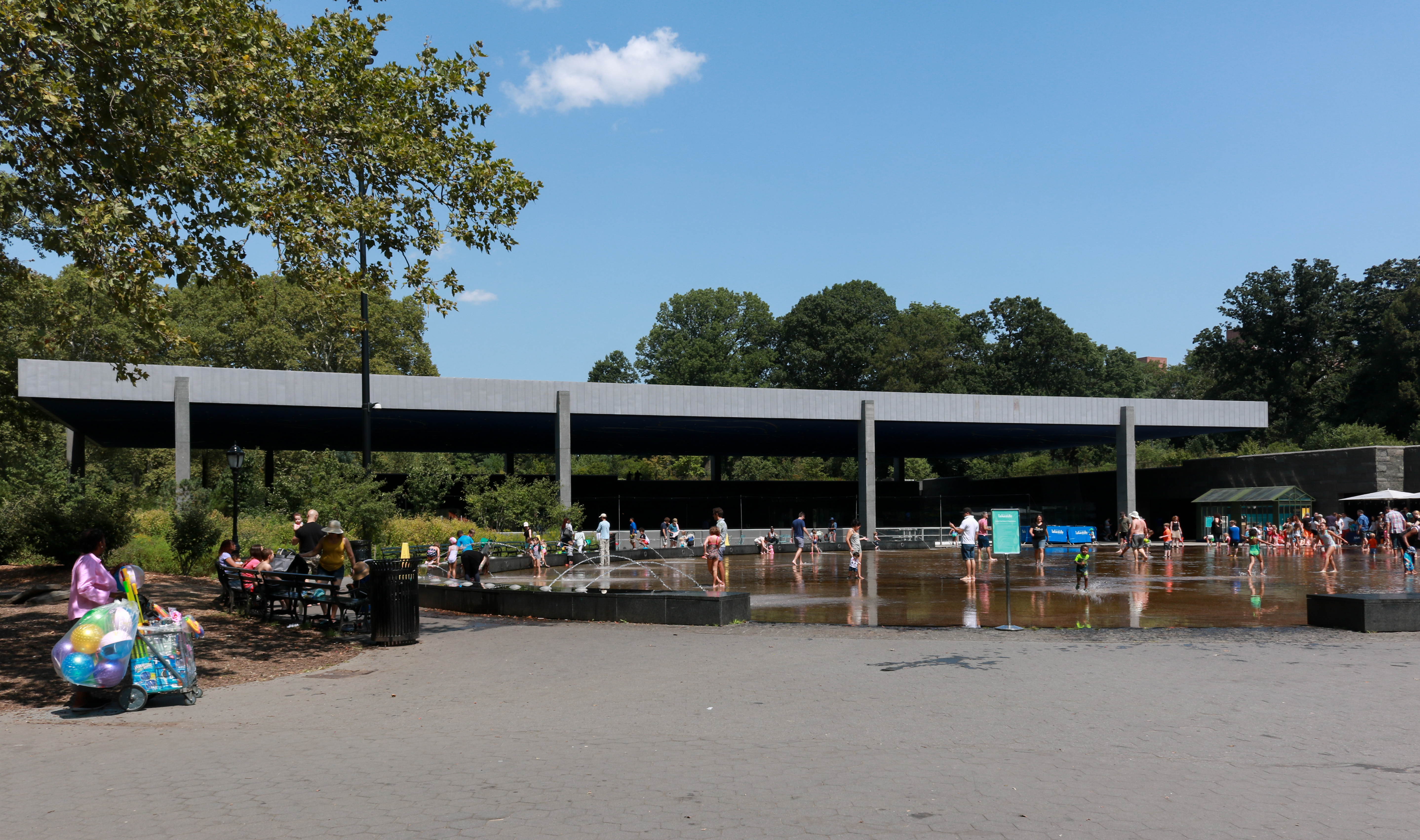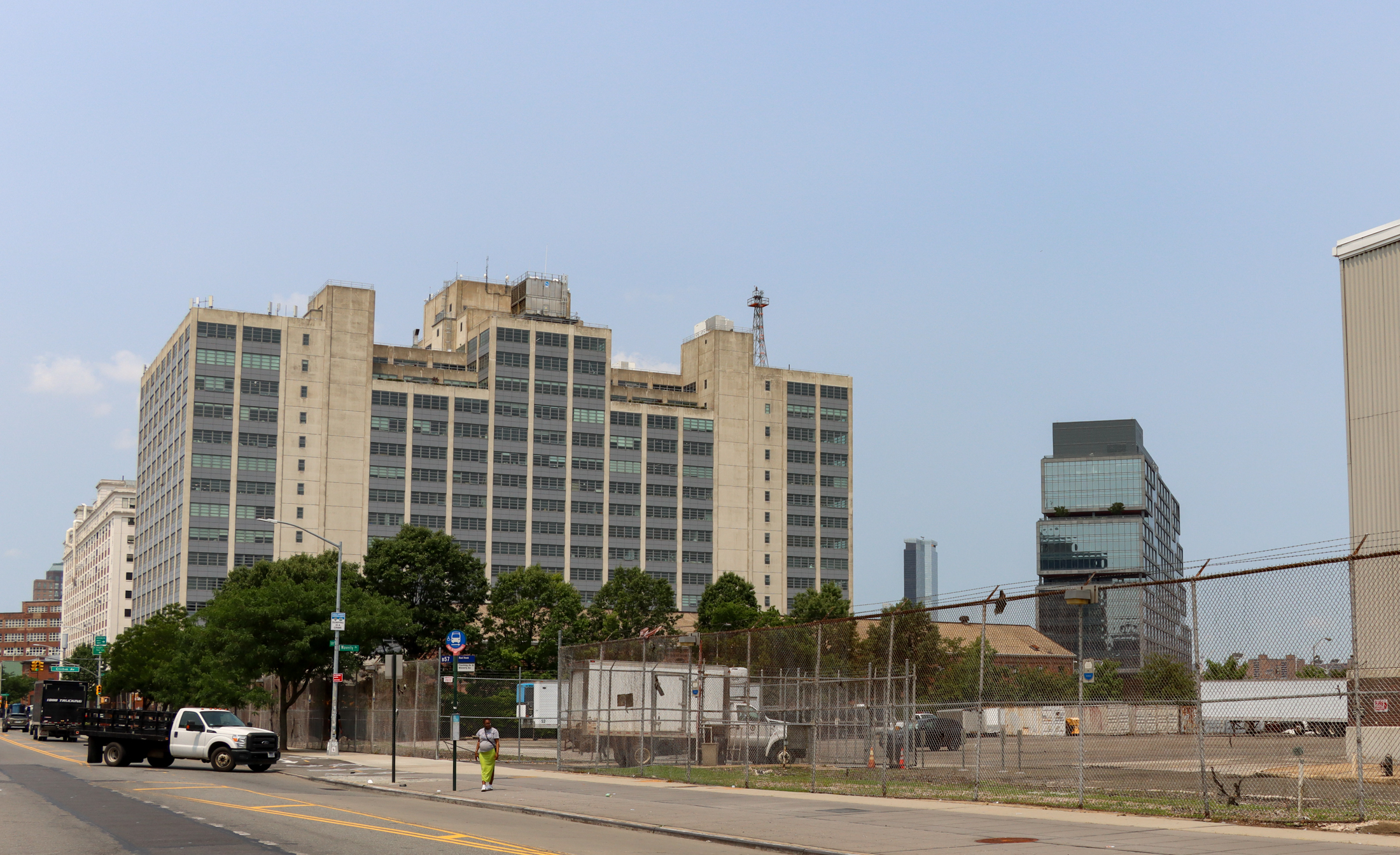Council OKs Three Rezonings and One Landmarking
After a successful fast-tracking, the City Council yesterday approved the contextual rezoning of Clinton Hill and Fort Greene along with Dyker Heights and Fort Hamilton (and the Bronx neighborhood of Wakefield); the council also formalized the creation of the Crown Heights North Historic District. Commenting on the rezonings, Mayor Bloomberg said, These plans will catalyze…


 After a successful fast-tracking, the City Council yesterday approved the contextual rezoning of Clinton Hill and Fort Greene along with Dyker Heights and Fort Hamilton (and the Bronx neighborhood of Wakefield); the council also formalized the creation of the Crown Heights North Historic District. Commenting on the rezonings, Mayor Bloomberg said,
After a successful fast-tracking, the City Council yesterday approved the contextual rezoning of Clinton Hill and Fort Greene along with Dyker Heights and Fort Hamilton (and the Bronx neighborhood of Wakefield); the council also formalized the creation of the Crown Heights North Historic District. Commenting on the rezonings, Mayor Bloomberg said,
These plans will catalyze growth on key corridors near transit hubs, fostering nearly 900 units of new housing and strengthening local retail activity. At the same time, they protect the scale and character of these lower density neighborhoods.
As we’ve discussed before, the rezoning for Clinton Hill and Fort Greene reduces the FAR of the interior residential blocks to 2.0 while boosting the FAR along the commercial stretches of Myrtle and Fulton to between 3.45 and 4.6, depending on the inclusion of affordable housing, while instituting a height cap of 80 feet. All projects that have not completed their foundations as of today fall under the new zoning restrictions.
Press Release: Council Passage of Three Rezonings [NYC.gov]
Fort Greene / Clinton Hill Rezoning Plan [City Planning]
City Council OKs Five Neighborhood Rezonings [NY Observer]
More DetaStuy Rezoning Plan [Brownstoner]
More Details Emerge on Bed Stuy Rezoning Plan [Brownstoner]





That’s funny. I did write it that way. LOL
2:46, it doesn’t mean anything to your new neighborhood that you just moved to washington bewten dekalb and willoughby
Okay, so I just moved to Washington between Dekalb and Willoughby. What does this mean for my new neighborhood?
Nicky, 40′ at the street wall and 50′ overall. The DCP link above has most of the basic information, like this.
Is there a building height cap on that 2.0 FAR for the interior blocks?
It’s not entirely true that development without completed foundations must proceed under the new zoning. A completed foundation is the standard for vesting at DOB. In the absence of that, a vesting case can be brought to the Board of Standards and Appeals and evaluated under the standards set forth in the Zoning Resolution or New York case law. If anyone is concerned about whether a property owner might be able to vest under the old zoning, they should document the activities at the site and keep on top of things.
Thanks, 11:34. Made the corrections.
You have your FAR numbers a bit off for the commercial corridors. That as-of-right zoning for Fulton, Myrtle, and part of Atlantic Avenue is 3.45. It can go as high as 4.6 if it includes 20% affordable housing units, NOT community space.
yahooooo!